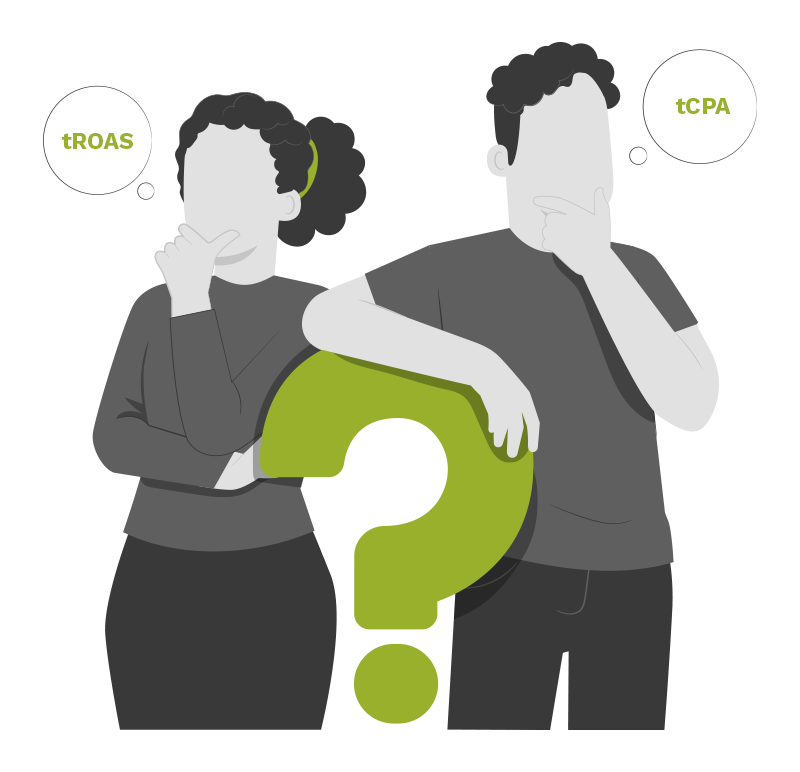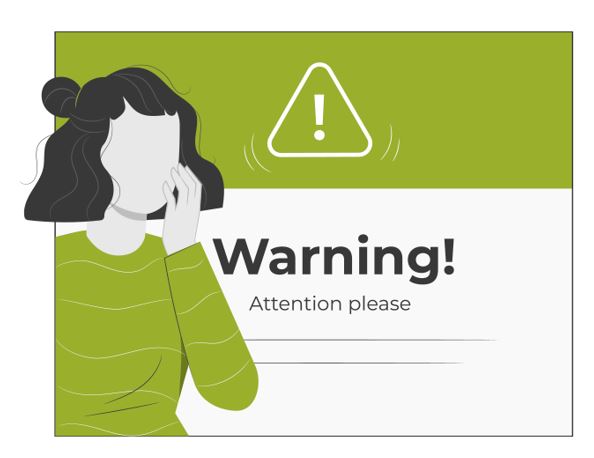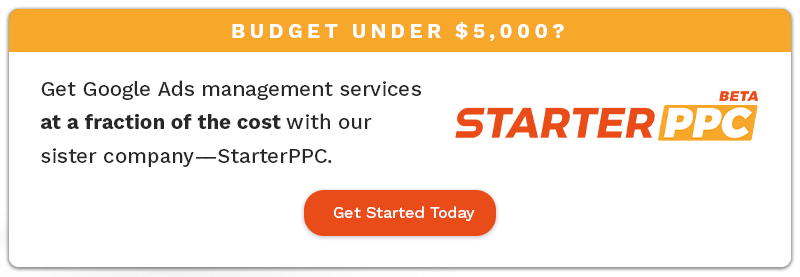Have you ever noticed that when you use the settings tROAS or tCPA, there’s a dip in your budget? Or perhaps you’ve seen your impressions and clicks plummet? In this video, we’re going to take a look at our bid settings to find out how they affect our conversions. Regina from StarterPPC explains it all.
Content
Applying tROAS Or tCPA Sounds Like A Good Idea
Applying 100% tROAS And Then Removing It Within Two Weeks
Applying tROAS Or tCPA Sounds Like A Good Idea

One day, out of the blue, you may notice your budget hasn’t been entirely spent. What is going on? you ask yourself. We’re willing to bet you have recently applied the tROAS and tCPA settings. Are we right? Find an example of when you applied either a tROAS or a tCPA in the past. This specific setting is one of the many ways to find out how to bid within the auction. It helps you clarify what kind of cost per click you’re willing to pay and what kind of return you need.
tROAS is simply our way of telling the algorithm what we want in return for what we spend. Bid whatever you want, wherever you want, however you want, algorithm, but just make sure we receive the target we have set for you. The algorithm has been automated to give you this ROAS. Sounds great, doesn’t it?
This doesn’t explain why it hurts our conversions. We’re going to dive deeper.
Applying 100% tROAS And Then Removing It Within Two Weeks

In the example we have used, you can see we applied a target ROAS of 100% on April 19 and then removed it again on April 28. By analyzing the campaign between these two dates and comparing it with a previous period, we can see how the setting affects our campaign.
Firstly, we can see that cost went down by 74%. It was spending $600 a day and then it proceeded to spend $166 per day. Impressions went down by 76%. Clicks went down by 75%. Cost per click went up slightly, along with the click-through rate, which is positive. And the conversion rate? Well, that went up by 500%. Best of all, our return on ad spend increased from 50% to 106%, which is a very good match to what we originally wanted to target: 100%!
As you can see, something interesting has happened. Conversions went up even though the algorithm spent less. Conversion value went down by 62%. It appeared to get conversions and it did so by going after people with a lower average order value (AOV). These would be the low-hanging fruit that guarantees a 100% ROAS. Is that what we want? Not if it means losing conversion value.
Understanding The Google Ads Algorithm

We’re going to take an in-depth look into how the Google Ads algorithm works. One way to look at it is the algorithm thinks in terms of pockets of markets. These pockets might include customers who are interested in a specific product or customers who actually went to the website and proved they are very keen on this particular product. There may be two hundred little pockets of such groups.
Within each pocket, the algorithm knows what a group has in AOV or conversion rate, or what a group can afford to pay in cost per click. When we specify that we want to reach our target goal, the algorithm knows precisely where to go after those bids. It can individualize the most profitable, which might lie in only one or two pockets of the market, discarding all the rest.
Can We Scale?

The algorithm can initially get you what you want but something curious occurs—it might not be spending the daily budget. Your aim is to get the profitability of your product up. Unfortunately, no matter how enticing the target ROAS and target CPA settings are, it is difficult to scale. The algorithm has been distracted by our request for goal-hitting. It ignores all the other pockets of market in its objective of reaching our target.
Adding to your budget makes little difference since the algorithm won’t spend it and ROAS tends to go down. Scaling is almost impossible while the algorithm is set up this way. While it’s useful on a temporary basis, we must remember that it needs to go through learning phases. This allows it to observe new pockets of the market. Pushing the algorithm through tough times also gives us the opportunity to add a little more to the budget. It finds a whole new pocket of the market which might just be the very thing that lets us scale.
Comes With A Warning

Be wary of that tROAS setting and use it sparingly. At Solutions 8, we actually impose a time limit on its application to a couple of times per month. By doing this, we can contain the temptation to overuse tROAS and thus look at all opportunities to turn a campaign toward a profitable trajectory!
StarterPPC is the sister company of Solutions 8. It’s a great starting point for new companies who want to expand their business but the advertising budget is tight. Find out more!
Author
Jani is a copywriter at Solutions 8 with a passion for short stories, dancing under the stars, and 80s pop music. Her soul’s purpose is to turn herself into a masterpiece. Her future is filled with green fields, flowers, sunshine, and poetry.
 Jani Kahukiwa
Jani Kahukiwa












